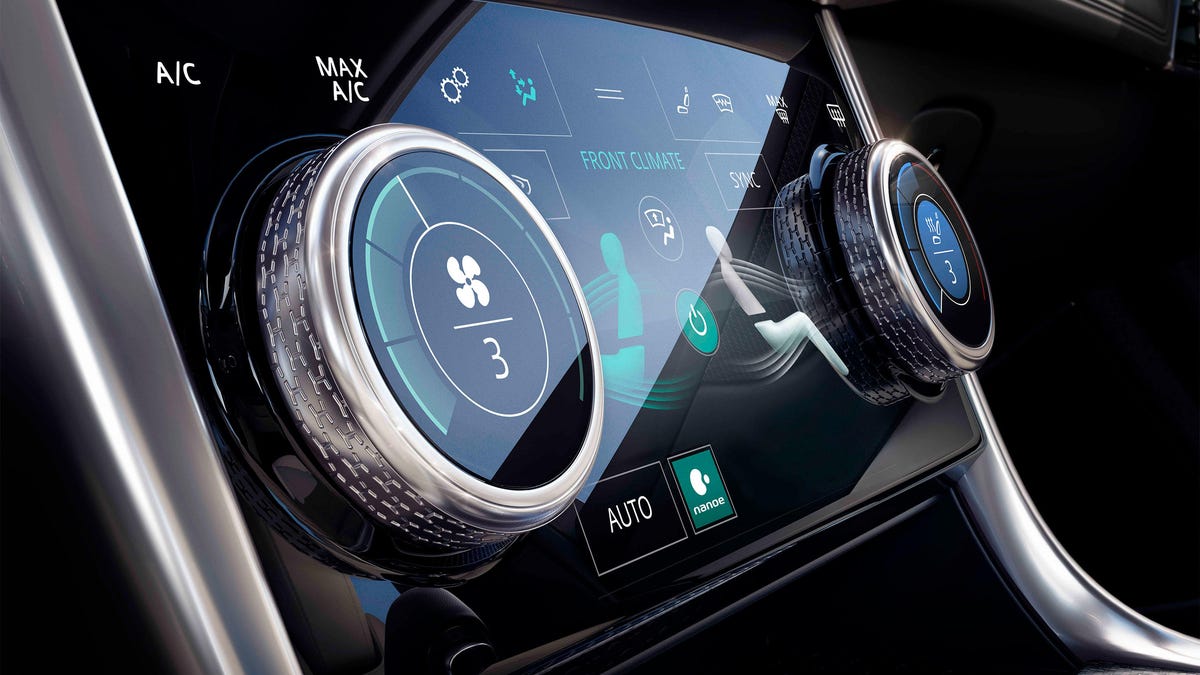Jaguar Land Rover could use ultraviolet light to kill germs in your car
The UV-C technology is already in use by hospitals.
According to Jaguar Land Rover, the average driver spends 300 hours a year behind the wheel. That's a lot of time in which, the company says, your car could be doing more to keep you healthy. To that end, future Jaguar and Land Rover models could use special ultraviolet light -- UV-C light -- in order to kill germs before they get through the car's ventilation system.
The UV-C technology, which uses ultraviolet light in the 200-280-nanometer wavelengths, has been used in the medical field to sterilize surfaces and air by neutralizing bacteria and other pathogens. JLR's idea is to integrate this into the many hidden vents and ducts inside your car's dashboard, so the air that gets blown into the cabin has already been sterilized. Some JLR models already use air ionization tech in their climate-control systems, but the UV-C system would be more effective.
JLR says the technology could prevent the spread of common colds and flus, but also says that studies show UV-C technology can cut the transmission of drug-resistant superbugs, including MRSA, VRE, C. difficile and Acinetobacter, by 30 percent. All told, a car equipped with the technology could keep its occupants a whole lot more protected from illness-causing bugs.
A chart showing how the UV-C technology works.
The research comes as JLR investigates how the car of the future might change to become a more lounge-like experience or a shared ride-hailing vehicle once autonomous driving catches on. The last thing you want when hopping into a self-driving shuttle is to breathe in the last passenger's germs.
"The implementation of individual wellbeing measures as part of our 'tranquil sanctuary' research promises to not only improve quality of life for our customers but in this case, offers clear advantages in reducing pathogen spread -- protecting the overall population from the threat of disease, particularly as we move towards shared mobility solutions," Steve Iley, JLR chief medical officer, said in a statement.


